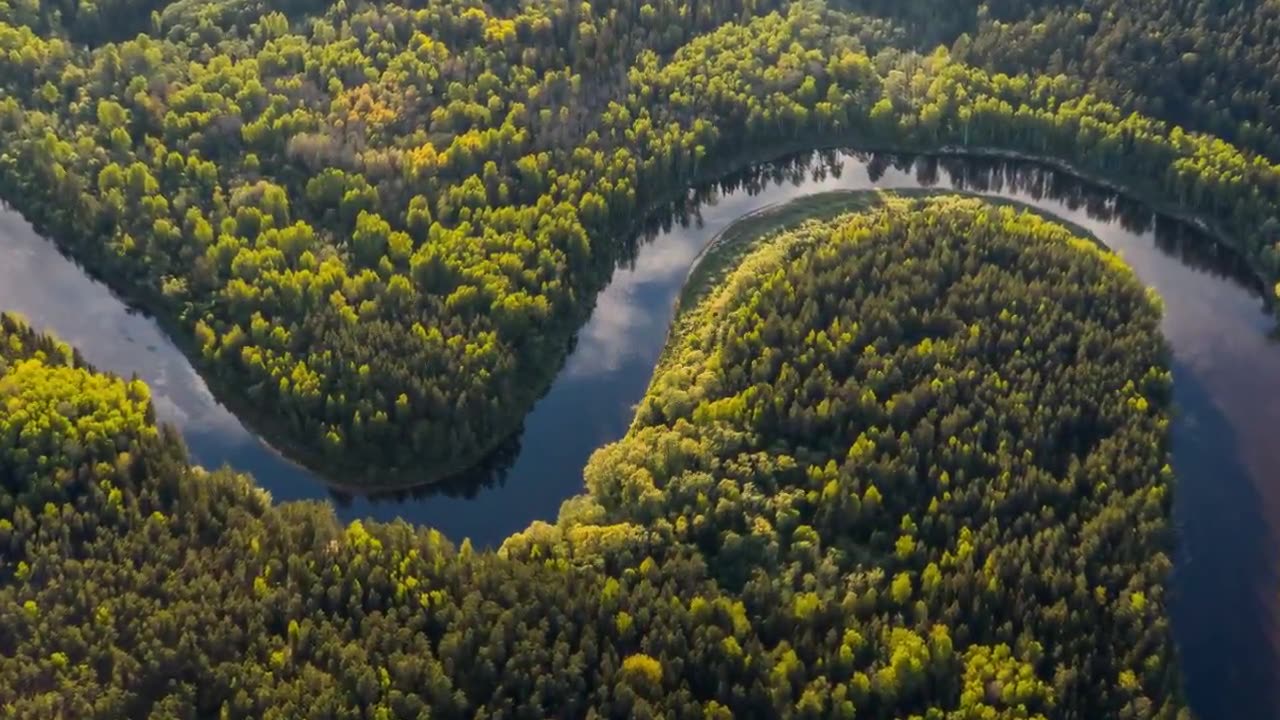Premium Only Content

Facts About the Amazon Forest
The Amazon Rainforest, often referred to as the "Lungs of the Earth," is the world's largest tropical rainforest. It spans nine countries in South America, primarily Brazil, but also includes parts of Peru, Colombia, Venezuela, Ecuador, Bolivia, Guyana, Suriname, and French Guiana. Covering an area of approximately 5.5 million square kilometers (2.1 million square miles), the Amazon is a biodiverse hotspot, home to an incredibly rich array of plant and animal species, many of which are found nowhere else on Earth.
The forest is characterized by dense vegetation, towering trees, and a complex network of rivers and tributaries, including the mighty Amazon River, the largest by discharge volume in the world. The region's climate is typically humid and tropical, with heavy rainfall contributing to its lush, vibrant ecosystem.
The Amazon plays a critical role in global climate regulation, as its dense vegetation absorbs vast amounts of carbon dioxide and produces a significant portion of the world's oxygen. Unfortunately, the forest is under threat due to deforestation, primarily driven by activities like logging, agriculture, and mining, as well as climate change.
Efforts are being made globally to conserve and protect the Amazon Rainforest, recognizing its immense ecological importance for the health of the planet and its unique biodiversity.
-
 3:05:00
3:05:00
TimcastIRL
6 hours agoTrump Floats Accepting 600,000 Chinese Student Visas, MAGA Uproar | Timcast IRL
203K133 -
 8:44:47
8:44:47
SpartakusLIVE
12 hours ago$20,000 Hide and Seek Tourney w/ Stonemountain64 || #1 Rat wins the BIG CHEESE
66.5K -
 2:34:02
2:34:02
Barry Cunningham
7 hours agoLISA COOK | ADAM SCHIFF | LETITIA JAMES | ARE THEY BEING SACRIFICED BY THE DEEP STATE?
97.1K53 -
 1:36:19
1:36:19
Flyover Conservatives
15 hours agoOnly 17% of Millennials Hit These 5 Adult Milestones—Why?; What If Childhood Trauma Is Behind Your Health Problems? - Dr. Troy Spurrill | FOC Show
37.1K4 -
 4:49:04
4:49:04
HogansAlleyHero
17 hours ago💥CHASING DOPAMINE💥✅TRUMP SAYS BATTLEFIELD IS THE BEST✅
47.7K3 -
 1:57:40
1:57:40
MattMorseTV
8 hours ago $12.55 earned🔴Trump just SHATTERED the PROJECTIONS.🔴
58.4K50 -
 2:32:19
2:32:19
megimu32
6 hours agoOTS: From Star Search to Superstardom
41.5K4 -
 1:56:21
1:56:21
Joker Effect
5 hours agoInterviewing GREENMAN! Looks like he is coming to Rumble! Let's give him a warm welcome! REAL TALENT
25.6K1 -
 1:07:21
1:07:21
Anthony Rogers
12 hours agoEpisode 380 - Is Pain All In Your Head?
18K3 -
 1:46:17
1:46:17
Glenn Greenwald
10 hours agoGlenn Takes Your Questions on Censorship, Epstein, and More; DNC Rejects Embargo of Weapons to Israel with Journalist Dave Weigel | SYSTEM UPDATE #505
119K8